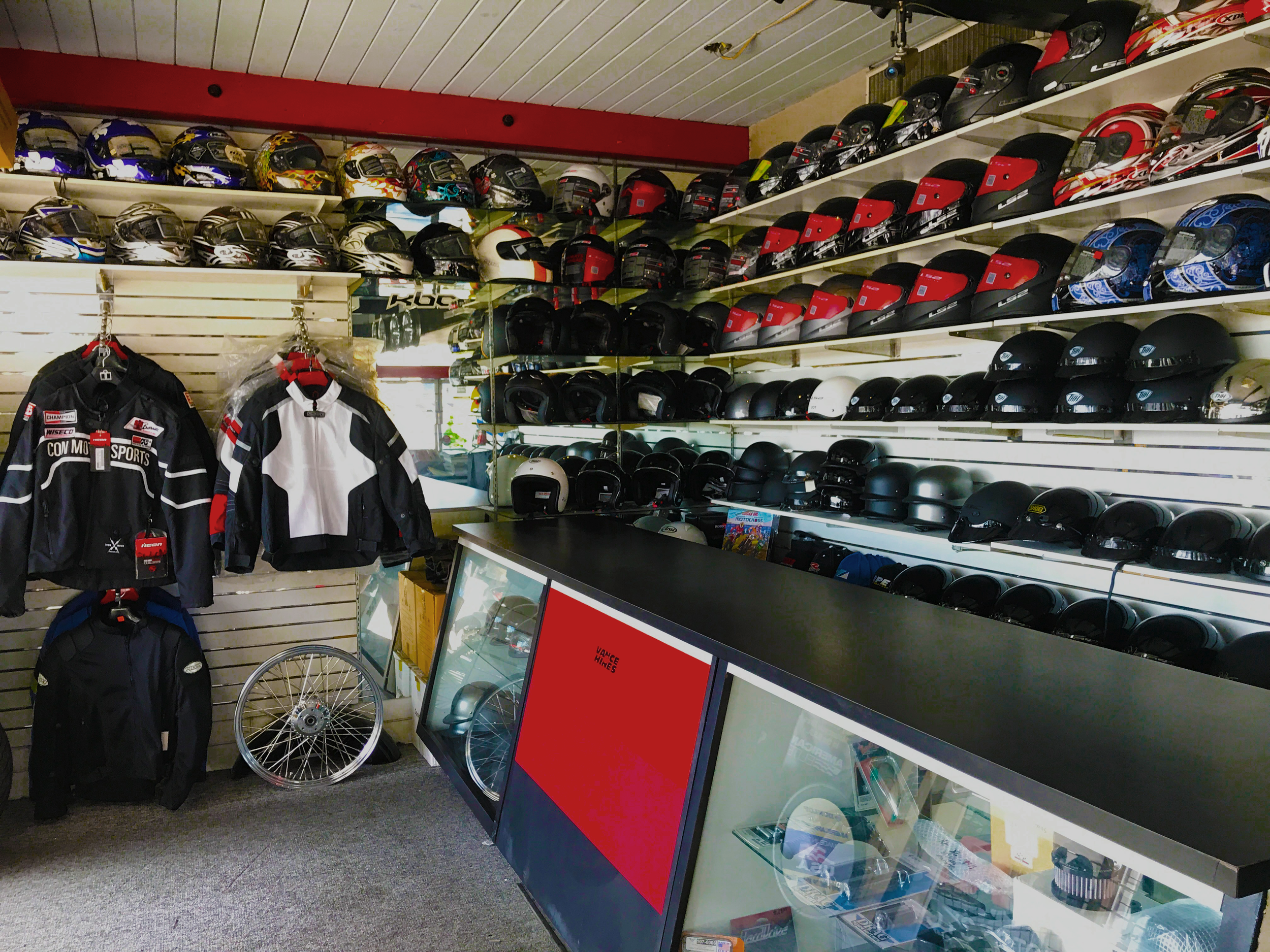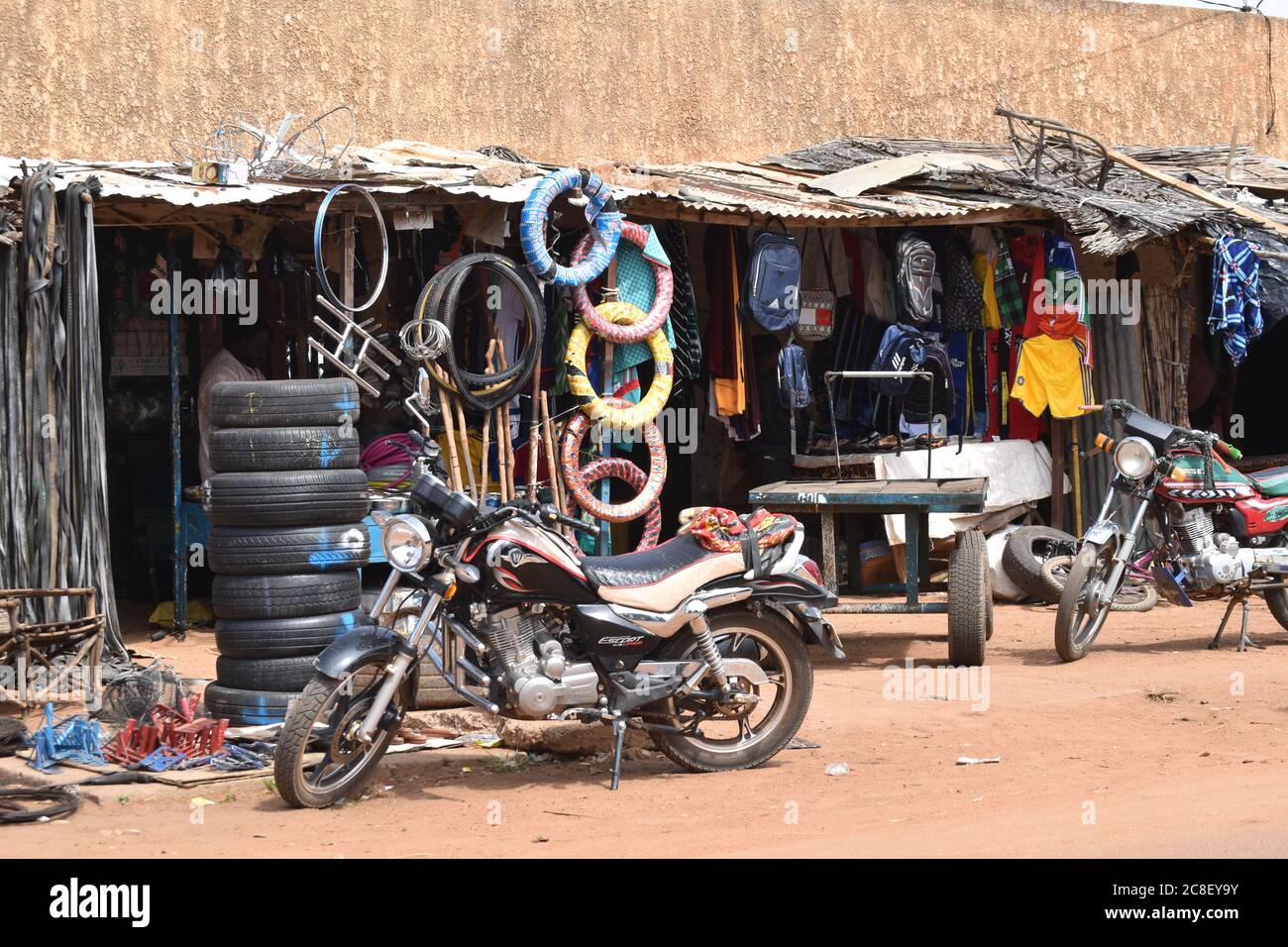Release Performance with Premium Motox Parts NZ Available Here
Release Performance with Premium Motox Parts NZ Available Here
Blog Article
Mastering Motorbike Gears: Exactly How to Maximize Your Riding Experience
In the realm of motorcycling, understanding the art of gear control is crucial for boosting your riding efficiency. Correctly understanding and using motorcycle gears can significantly influence control, gas, and acceleration effectiveness, transforming an average ride into a seamless, exciting journey. By incorporating accurate change timing and adjusting gear option to various roadway problems, cyclists can make sure optimal engine performance and security. The nuances of clutch control, throttle control, and gear auto mechanics bid a deeper exploration, guaranteeing to open the full possibility of your equipment. Just how can these techniques be used to genuinely enhance your riding experience?
Comprehending Gear Mechanics
Exactly how do the complexities of equipment auto mechanics affect motorcycle performance? At the core of motorbike characteristics, gear auto mechanics play an essential duty in converting engine power into activity, inevitably determining rate and control. Gears, diligently crafted components, allow bikers to optimize torque and speed, guaranteeing a seamless transition through different surfaces and rates. The equipment proportions, thoroughly developed, figure out the connection between engine transformations and wheel turns, impacting acceleration and fuel efficiency.
Understanding equipment auto mechanics begins with identifying the relevance of the gearbox, which houses multiple equipments of varying sizes. These gears interact through a procedure called meshing, where teeth of different equipments involve to transmit power. The accuracy of this interaction is essential; any kind of misalignment or damages can result in ineffective power transfer, impeding performance. Furthermore, the setup and size of equipments affect the motorcycle's ability to deal with different tons and speeds.
Moreover, the principle of equipment moving is important to making the most of efficiency. Timely and smooth changes make certain that the engine runs within its optimum power band, protecting against unnecessary strain and improving durability (motocross gear nz). By comprehending these mechanical intricacies, motorcyclists can achieve a harmonious mix of control, power, and efficiency, raising their riding experience
Timing Your Changes
Change timing proficiency is crucial for optimizing bike performance and improving the riding experience. Correctly timed changes ensure that the engine runs within its optimum power band, which is vital for keeping control, achieving smooth acceleration, and making certain the long life of the motorbike. Motorcyclists have to develop an intuitive sense of when to shift equipments, which entails comprehending the partnership between engine changes per minute (RPM) and speed.
To master change timing, pay close interest to the engine's sound and really feel, as these offer crucial clues about when to alter equipments. The excellent shift point generally happens when the engine approaches the upper variety of its power band without getting to the redline. Changing prematurely can bring about a lack of power, while moving as well late might create unneeded engine stress
Furthermore, roadway problems and riding style impact shift timing. As an example, in city settings, smoother and a lot more frequent changes may be required to navigate website traffic successfully. In comparison, during highway riding, less changes at higher speeds can be better suited. Practicing in varied atmospheres will certainly enhance your ability to time shifts exactly, inevitably boosting your riding experience to an expert level.
Enhancing Fuel Performance
While understanding motorbike equipments is crucial for performance, enhancing gas effectiveness is equally vital for both ecological and economic reasons. Optimal fuel usage not just lowers operational costs yet additionally lessens the environmental footprint of riding. To accomplish this, one should recognize the detailed relationship between equipment selection and engine efficiency.
Riding in a greater equipment at reduced speeds can lead to engine hauling, which is damaging to both gas economy and engine wellness. On the other hand, riding in reduced gears at high speeds results in unnecessary fuel view it now consumption.
In addition, regular upkeep plays a critical role in fuel performance. Making certain that the motorbike is well-tuned, with clean air filters and appropriately inflated tires, can minimize and improve aerodynamics fuel waste. Embracing a riding style that welcomes gradual velocity and smooth deceleration can contribute to far better fuel economic climate.

Strategies for Smooth Transitions
Attaining smooth equipment changes is essential to improving the riding experience and making sure the long life of a motorcycle's transmission system. Proper gear shifting not just contributes to a seamless ride but likewise reduces wear and tear on the mechanical components. To grasp the art of smooth shifts, cyclists have to concentrate on a couple of crucial strategies.

Secondly, clutch control plays an essential role. Involving and disengaging the clutch smoothly requires practice. The clutch lever must be released slowly, permitting for a smooth transfer of power from the get redirected here engine to the wheels without creating a shock or abrupt movement.

Adapting to Road Conditions
Navigating diverse road conditions is a critical ability for any kind of motorcyclist intending to preserve control and safety. Whether you're riding on wet surfaces, gravel roadways, or navigating sharp turns, your capability to adapt your equipment use and riding method is extremely important. Recognizing exactly how to adjust your gears appropriately can significantly impact grip and security, ensuring a much safer trip.
On wet roadways, it is recommended to maintain greater gears to lower torque and reduce wheel spin. This technique assists maintain grip on slippery surfaces, enabling smoother acceleration and slowdown. In comparison, when riding on gravel or unequal terrain, lower gears are better. Reduced equipments give better control and enable you to respond more swiftly to unforeseen adjustments in the road surface.
Sharp contours demand accurate equipment monitoring to stabilize rate and control. Downshifting prior to getting in a curve can assist maintain energy while guaranteeing the motorbike stays stable throughout the turn. Regular technique in diverse problems boosts your capability to react and forecast to modifications in road structure and incline.
Verdict
Understanding bike equipments dramatically enhances the riding experience by improving acceleration, fuel, and control effectiveness. A complete understanding of gear auto mechanics and precise change timing makes certain the engine runs within its ideal power band, while smooth transitions through efficient clutch and throttle control increase comfort and performance. Adapting gear choice to different road problems, such as using higher gears on wet surfaces and lower equipments on gravel, further enhances handling and safety and security. Ultimately, these skills raise the general trip.
Understanding gear mechanics starts with identifying the significance of the gearbox, which houses numerous equipments of varying sizes. These gears connect via a process understood as meshing, where teeth of different gears engage to transmit power (motorcycle parts nz). Gentle adjustments to the throttle throughout equipment shifts can prevent jerky motions and keep a regular riding rate
Whether you're riding on damp surfaces, gravel roadways, or navigating sharp turns, your capability to adapt Related Site your gear use and riding method is paramount. Adapting gear selection to various roadway conditions, such as utilizing greater equipments on wet surfaces and reduced gears on crushed rock, further boosts handling and security.
Report this page